Choosing Waders
Waders have one function - to keep you dry. There are men and women and child sizes. There are a few elements in deciding what will work best for your needs:
“Boot attached” is what I grew up with… they are one complete wader and boot attached and you slide into boot directly. You will need to wear a pair of heavy socks so I typically get ONE size larger than my typical shoe size. These are the best value and are for the casual fisherman. These waders are also the easiest to get in and out of. My parents preferred these type over the bootie because of the ease of getting in and out of them. The bootie type was too much work for them. Make sure you put on some studs or at least have felt bottoms on these boots. You will slip all over the place without studs. Pricing will begin around $60 or so for these and go up.
“Bootie” waders are the common type these days. They are a 2 part wader assembly. You purchase the boots separate from the waders. You purchase waders that have feet like a pair of footed pajamas. Once you put on the waders, you then pull on your wading boots. This provides much more comfort since your leg and ankle is not moving so much if the booted type. Pricing for this type will be about $100 or more for the wader and $75 or more for the boot alone. These type of waders are more comfortable but they do require more work to get in and out of due to the boot not being attached.
Material: Waders are typically made from neoprene or breathable fabric such as Gore-Tex. Neoprene waders are more durable and warmer, but breathable waders are more comfortable in warm weather.
Fit: Typically your standard LG / Med / SM size will fit well. If they have the foot size, get one size bigger than you typically wear. Do not get them too tight because you may need to have a few layers of clothes on. It's important that they fit comfortably and allow for easy movement.
Durability: Look for waders with reinforced knees, seat, and ankles. These areas tend to wear out quickly, so added reinforcement will extend the life of your waders.
Features: Consider additional features such as built-in gravel guards, hand warmer pockets, and storage pockets. These are nice to have but not required.
Brand reputation: Research on the brand and read reviews from other customers to see the pros and cons of the waders you are considering.
Care and maintenance: Make sure you know how to properly care for and maintain your waders to extend their life. After each use, hang them to dry (inside and out) even if you have to pull them inside out the next day. Drying them is the hot sun is a great way, to do it quickly but do not leave them in the sun too long.
Warranty: many have at least a year but some have even longer warranties. Warranties affect the price so pay attention to what you get.
Your local fly shop will have a variety of bootie waders to choose from and all of those will have a good warranty.
